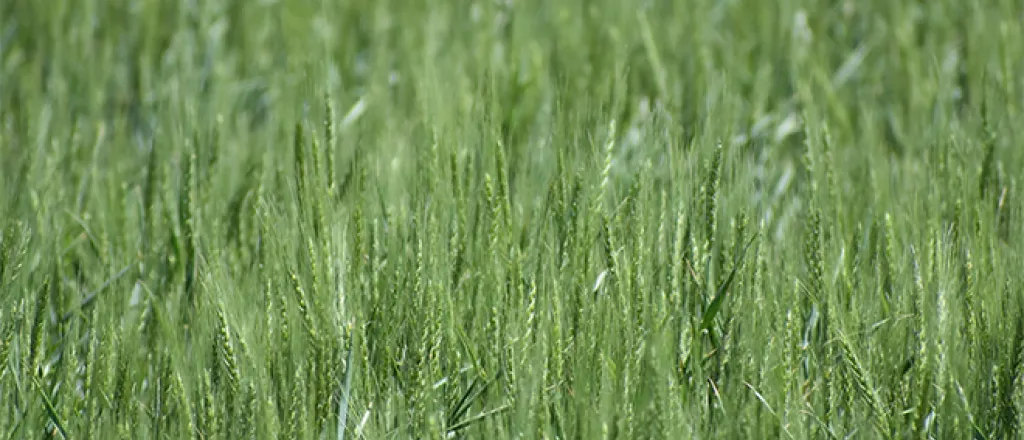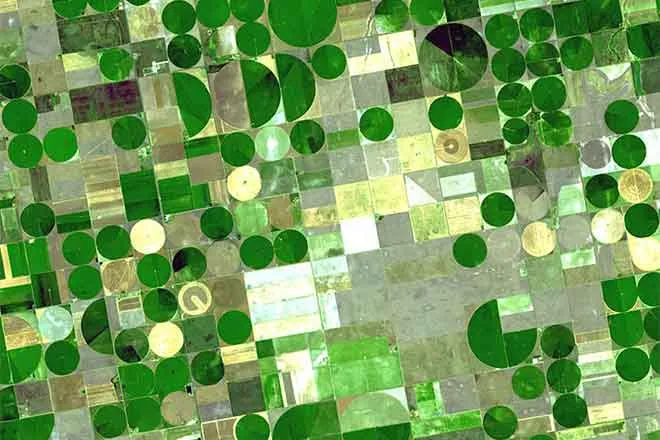
USDA to collect 2022 small grain production and stocks data
During the first two weeks of September, growers of small grains around the country will be contacted by the U.S. Department of Agriculture’s National Agricultural Statistics Service (NASS). The agency is taking a comprehensive look into the 2022 production and supply of small grains, which include wheat, oats, barley, and rye.
“The small grains industry is important to Kansas agriculture and it is crucial for everyone to have accurate data about this key sector of the economy,” said NASS’ Kansas State Statistician Doug Bounds. “We will contact more than 2,500 producers in Kansas to accurately measure 2022 acreage, yield, and production for small grains and the quantities of grains and oilseeds stored on farm. Responses to the survey will also be used in calculating county yields,” explained Bounds. “USDA uses county yield information from the survey to evaluate and administer vital farm disaster mitigation. Farmers who receive this survey should use this opportunity to assure their county is accurately represented in the calculation of Kansas county yields.”
The data collected from this survey, along with additional information, will be used to help set small grain acreage, yield, and production estimates at the county level, which will be available this December in NASS’s Quick Stats database at quickstats.nass.usda.gov.
“NASS safeguards the privacy of all respondents and publishes only aggregate data, ensuring that no individual operation or producer can be identified,” stated Bounds. “We recognize that this is a hectic time for farmers and ranchers, but the information they provide becomes useful data for decision-making on the farm, for federal farm programs, and the markets. I urge them to respond to this survey and thank them for their time and cooperation.”
Survey results will be published in several reports, including the annual Small Grains Summary and the quarterly Grain Stocks report, both to be released on September 30. These survey data also contribute to USDA’s World Agricultural Outlook Board’s monthly World Agricultural Supply and Demand Estimates.

















